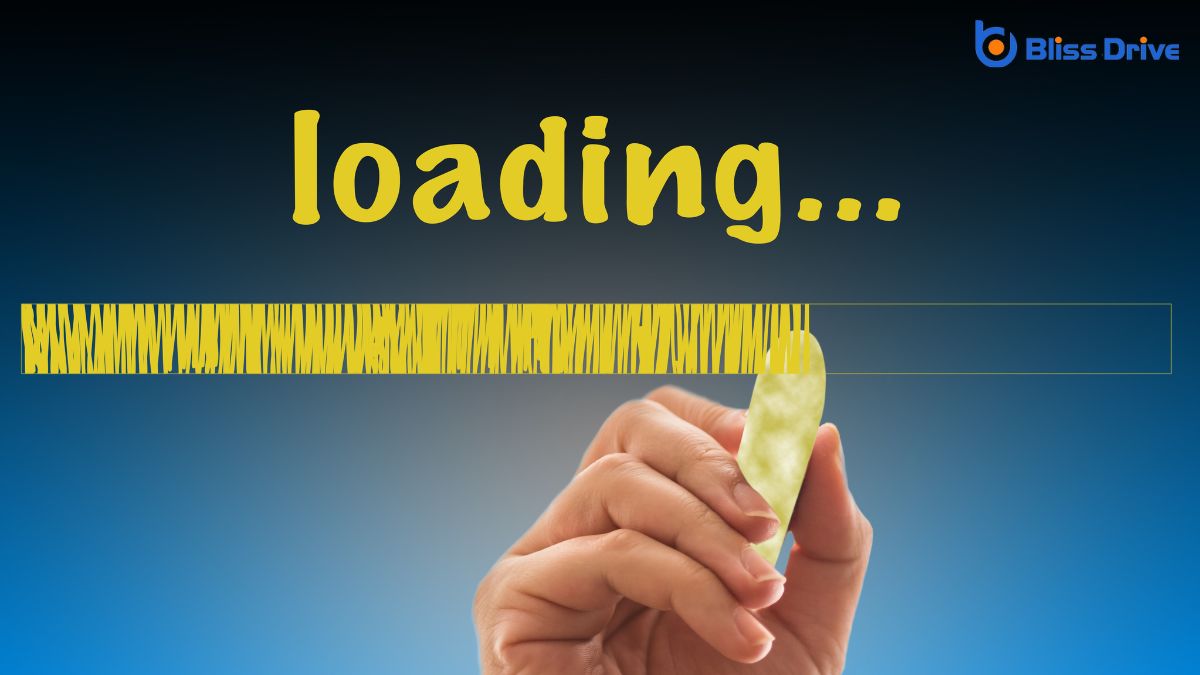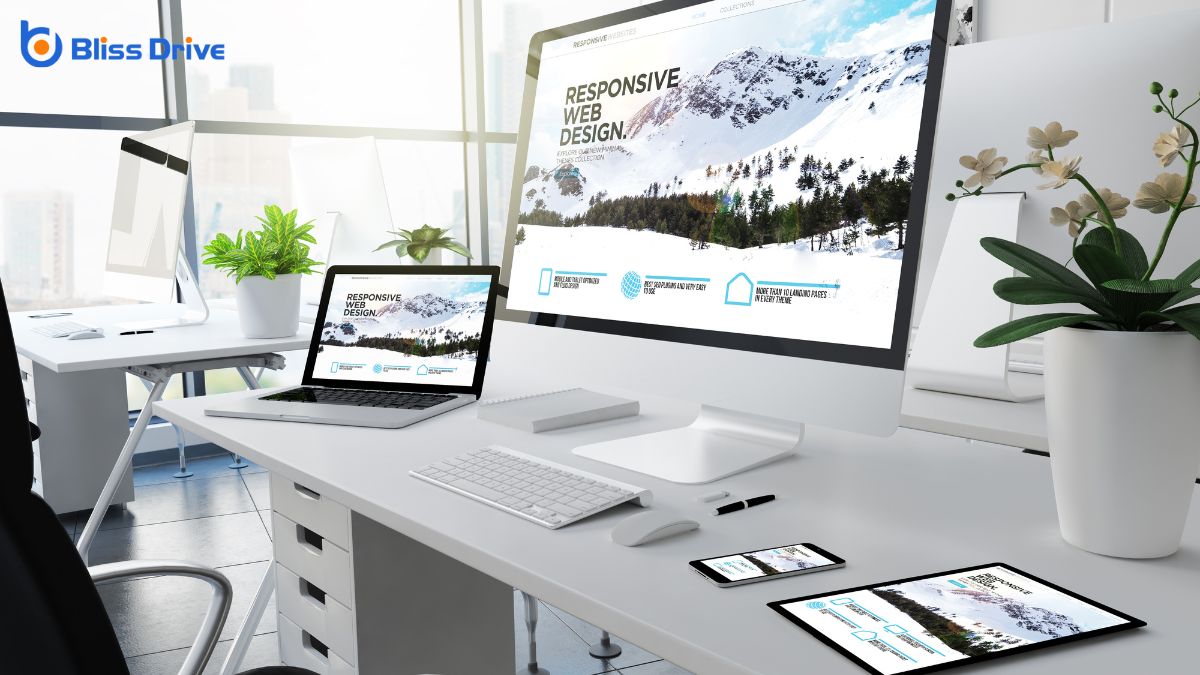Learn More About Us

You're likely aware that reducing page load timeThe time it takes for a webpage to fully load, affecting user experience and conversion rates. is essential for user experience and SEO. So, how can you make your website faster? Start by optimizing your images—resize and compress them, and choose the right formats. Enable compression like Gzip, and make good use of browser caching. Don't forget to minimize HTTP requests and consider a Content Delivery Network (CDN)A system of distributed servers that deliver content to users based on their geographic location.. Curious about diving deeper into each step? There's more to uncover.

When optimizing your website for speed, reducing image sizes and choosing the right formats is essential. Large images can slow down your page load time, frustrating visitors.
You’ll want to start by resizing images to the exact dimensions needed on your site. Avoid uploading massive files when a smaller size will do. Use image editing software to compress images without losing quality.
Selecting the right format is equally important. JPEGs are great for photos with many colors, while PNGs work well for images needing transparency.
For simple graphics, SVG files are ideal since they’re scalable without losing quality. By paying attention to these details, you’ll guarantee your website loads faster, improving user experience and potentially boosting your search engine rankingsThe position at which a website appears in the SERP..
One effective way to reduce page load time is by enabling compression techniques. Compression shrinks file sizes, allowing your website to load faster. You can implement methods like Gzip or Brotli, which compress HTML, CSS, and JavaScript files.
This process reduces the amount of data transferred between your server and users' browsers, speeding up load times considerably.
To get started, check if your server supports Gzip or Brotli, then enable it in your server's configuration or through a plugin if you’re using a content management system like WordPress.
Don’t worry about losing quality; these compression techniques maintain the integrity of your files. By using compression, you make your website more efficient and provide a better experience for your visitors.
Although often overlooked, leveraging browser caching can greatly reduce page load time and enhance user experience. When users visit your site, their browsers store certain files, like images and stylesheets, locally. This means the next time they visit, the browser doesn’t need to download these files again, speeding up the process considerably.
To implement this, you’ll need to specify caching rules in your server’s configuration. This typically involves setting expiry dates or cache-control headers for different file types. For example, you might set static resources to cache for a month.
Reducing the number of HTTP requests is essential for speeding up your website's load time. Each request made by a browser to a server takes time, slowing down your site.
Start by combining files like CSS and JavaScript into fewer, larger files. This reduces the number of requests needed. Use image sprites for icons and small graphics so multiple images load as one.
Remove unnecessary images and scripts, and consider inline CSS for small styles. Minify your code to eliminate spaces and comments that aren't needed.
Use asynchronous loading for scripts that don't need to block page rendering. By cutting down on these requests, you'll greatly improve your site's performance, making it faster for users to access and enjoy.

When it comes to speeding up your website, leveraging Content Delivery Networks (CDNs) is a powerful strategy. CDNs distribute your site's content across multiple servers worldwide, reducing the distance data travels to reach your users. This means faster load times and a better user experience.
By caching your static content, like images and scripts, on these servers, CDNs minimize the workload on your origin server.
To get started, choose a reliable CDN provider. Popular options include Cloudflare, Amazon CloudFront, and Akamai. Implementing a CDN often involves a simple setup process, where you'll integrate their service with your website.
By optimizing image sizes and formats, you’ll guarantee quicker page loads. Don’t forget to enable compression techniques like Gzip or Brotli to shrink file sizes. Leveraging browser caching effectively will keep static resources handy for returning visitors. Minimize HTTP requests by combining files and using image sprites to streamline loading. Finally, tapping into a CDN distributes your content globally, granting users faster access. Implement these strategies, and you’ll greatly reduce page load times.
